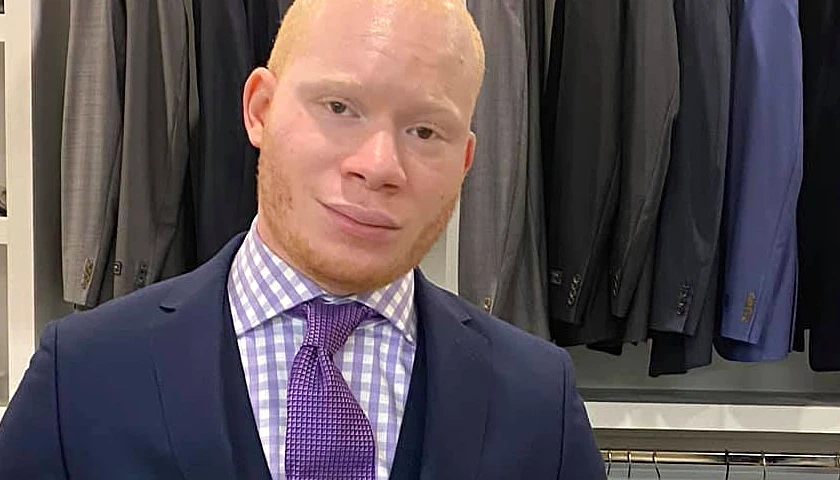Richmond firefighters responded to 48 fires believed to be protest-related causing more than $4 million in estimated losses from late May to mid-June, according to internal fire & EMS department analysis obtained by the Richmond Times-Dispatch (RTD).
From May 29, the Friday after George Floyd was murdered by police in Minnesota, to June 15th eight buildings, 16 dumpsters, six vehicles as well as other fires involving trash or debris, according to the RTD.
During and following those turbulent 18 days, the destruction to many businesses was evident, raising questions how so much damage resulted from seemingly peaceful protests.
Sen. Joe Morrissey (D-Richmond City) is one Richmond resident who thinks bad actors among the larger groups are vastly responsible for the fires, looting and vandalizing.
“If somebody wants to protest, let them do it as loud and as long as they want to, but what I find absolutely disgraceful and indefensible is the protests that morphed into looting, rioting, burning and destroying private property, and I have absolutely zero respect for the people engaged in that,” Morrissey said in an interview with The Virginia Star. “I think there are a lot of people who have embedded themselves in with Richmond protesters and have used it simply as an avenue to create havoc.”
Mayoral candidate and Richmond councilwoman Kim Gray, who lives in the historic neighborhood of Jackson Ward, recalled the height of the civil unrest.
“I witnessed many of the fires and I was actually out calling fires in, but I couldn’t get a response from the fire department because they said they had to get clearance from the police department, so my adult daughters and I were out putting fires out with some of our neighbors,” Gray said in an interview with The Star.
The $4 million in losses suffered does not account for businesses’ merchandise or inventory that was inside the stores which had caught fire, resulting in hundreds of thousands in additional losses.
DTLR apparel and shoe store on Broad St. was one business severely affected after the building they lease was burnt down by a fire on May 31st. According to a company spokesman, DTLR lost $350,000 to $500,000 worth of merchandise from the fire.
“That weekend [May 29-31] for most of our members was a once-in-a-career event, and they met the moment,” Richmond Fire Chief Melvin Carter told the RTD. “I am proud of each and every member that participated or supported the overall response.”
Other stores and building affected by fires include a Gamestop and Starbucks, Rite Aid, dollar stores, the United Daughters of the Confederacy headquarters as well as black-owned businesses in the area, among others.
“I know many, many business men and women who say they won’t relocate back down here or they are going to move [their business someplace else],” Morrissey said. “We owe those people that put life savings and sweat equity into building a business up over 20-30 years and see it destroyed. I think we have to help them out as much as any other group.”
Morrissey also said he would vote for legislation that gives relief to local businesses if brought in front of the Senate.
Del. Lamont Bagby (D-Henrico County) declined to comment.
Both Morrissey and Gray, however, believe that Richmond is a strong city and will come out of this summer better off than before.
“I think that [Richmond] is stronger than this recent amount of vandalism and looting and fires that we’ve experienced, and I think that we’ll be able to look past this and be stronger for it,” Gray said. “In the interim though it is really tough because there were so many businesses that were already struggling [during COVID-19], there are several that will not reopen and there are several that still haven’t gotten to a point where they feel comfortable unboarding and reopening.”
The Armed Conflict Location & Event Data Project (ACLED) recorded over 7,750 demonstrations between May 26th and August 22nd linked to the Black Lives Matter (BLM) movement across more than 2,440 locations in all 50 states and Washington, DC.
The ACLED study found that 93 percent of the BLM protests were peaceful while the violent protests (7 percent) occurred in 220 locations across the country.
The study also showed that the vast majority of the nation’s largest cities – New York, Los Angeles, Chicago and Houston – experienced violent riots along with protests.
– – –
Jacob Taylor is a reporter at The Virginia Star and the Star News Digital Network. Follow Jacob on Twitter. Email tips to [email protected]





